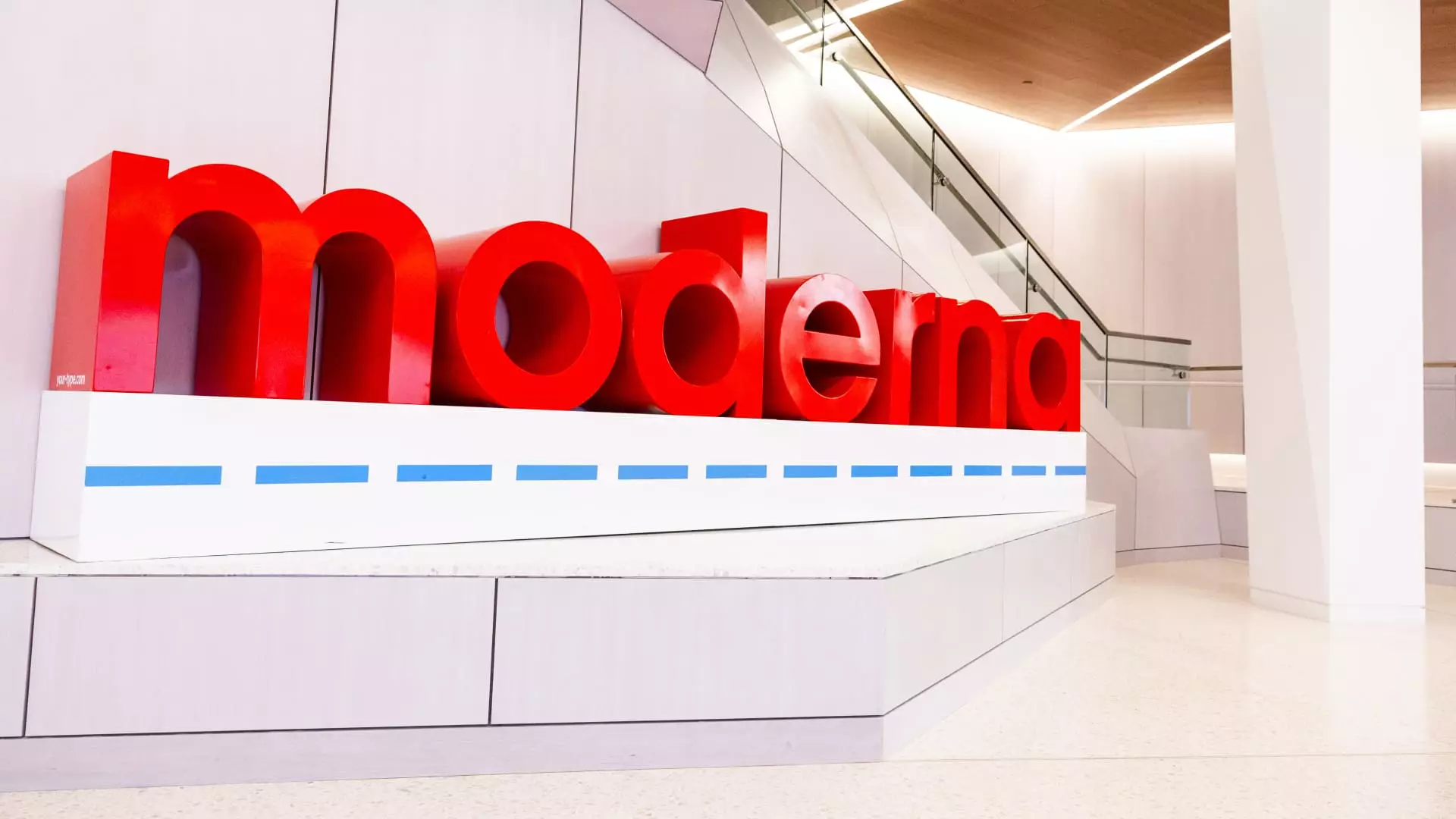Moderna recently reported second-quarter revenue that exceeded expectations, but the company had to cut its full-year sales guidance due to various reasons. The lower expected sales in Europe, competitive respiratory vaccine market in the U.S., and potential deferred revenue into 2025 were cited as key factors. As a result, Moderna now anticipates 2024 product revenue to be between $3 billion to $3.5 billion, down from the previous guidance of $4 billion. This led to a 10% drop in the shares of the company during premarket trading. Despite this setback, the company started shipping doses of its vaccine for respiratory syncytial virus (mRESVIA) in the U.S., following its approval in May. This product, the second commercially available one from Moderna, comes after the decline in demand for its Covid vaccine as the world transitions away from the peak of the pandemic.
The revenue decline reported by Moderna for the second quarter stemmed from the expected shift to a seasonal Covid vaccine market, where patients typically receive their shots in the fall and winter. However, Moderna’s CEO, Stephane Bancel, noted that the company had a successful spring season in the U.S. for seniors who were recommended to get an additional dose of the latest round of Covid shots. Despite this, product sales from the Covid shot dropped by 37% compared to the same period last year, resulting in $241 million in revenue for the second quarter. The company’s net loss per share was $3.33, which was slightly better than the expected $3.39 loss, while revenue surpassed Wall Street’s expectations.
Moderna’s progress in cutting costs helped limit the net loss, which was lower than what analysts had predicted. Cost of sales decreased by 84% from the previous year, driven by various factors such as write-downs of unused Covid vaccine doses and charges related to manufacturing footprint reductions. On the other hand, research and development expenses increased by 6% due to higher personnel costs, while selling, general, and administrative expenses decreased by 19%. The company’s ability to reduce costs while enhancing sales performance showcases its commitment to operational efficiency and financial sustainability.
The intense competition in both the respiratory syncytial virus and Covid vaccine markets poses challenges for Moderna, as rival products from Pfizer and GSK crowd the space. Additionally, discussions with European governments regarding Covid vaccine supply have been challenging due to budget constraints and existing contracts with other manufacturers. However, Moderna remains optimistic about returning to sales growth in 2025 and achieving breakeven by 2026 through the launch of new products. The company’s diverse pipeline, which includes a combined Covid and flu shot and a personalized cancer vaccine, reflects its strategic focus on innovation and product development.
Overall, Moderna’s second-quarter report illustrates a mix of achievements and obstacles, highlighting the complexities of the biotech industry and the ongoing challenges of navigating competitive markets and regulatory environments. As the company continues to adapt to changing dynamics and consumer preferences, its ability to innovate and deliver value-driven solutions will be crucial in shaping its future success.

